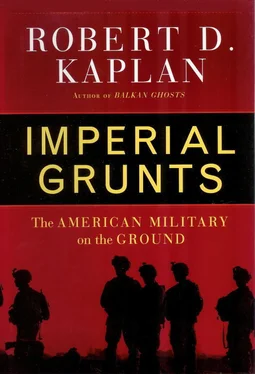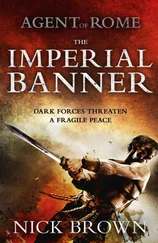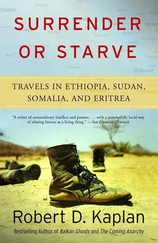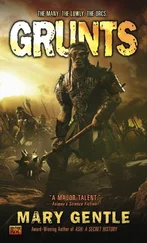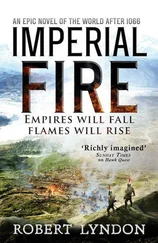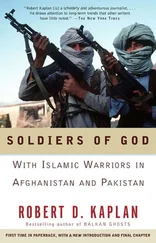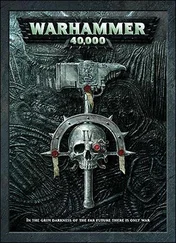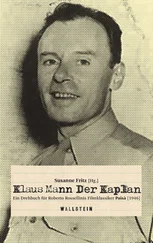known, who roamed from the Minnesota River to the Bighorn Mountains, were not a tribe at all but a nation composed of seven distinct groups, such as the Hunkpapas and Oglalas.
The North American Indians were a throwback to the nomadic horse peoples of the Eurasian steppe—Scythians, Turks, and Mongols—who pierced the defenses of Rome, Byzantium, and Han China. 13Too, they invite comparison with another imperial nemesis: the nineteenth-century Pushtuns and Afridis of the Northwest Frontier of British India, who were subdivided into various khels, and about whom a young Winston Churchill, a subaltern and newspaper correspondent, wrote, “Tribe wars with tribe. The people of one valley fight with those of the next. To the quarrels of communities are added the combats of individuals…. Every man’s hand is against the other, and all against the stranger.” 14
Pawnees fought Sioux and Cheyennes. Crows fought Blackfeet. Arapahos fought Shoshones and Utes. Cheyennes and Arapahos fought Comanches and Apaches. Navahos were in constant conflict with Hopis. Sioux, in their westering trek from the Great Plains to the northern Rocky Mountains, subdued a gamut of rival Indians. Yet, like the Pushtuns and Afridis, the Native Peoples of North America were also capable of uniting against the stranger. Witness the coalition of Sioux, Cheyennes, and Arapahos that defeated Custer’s 7th Cavalry on June 25, 1876, at the Little Bighorn River in Montana, marring the centennial celebration of America’s birth the following week.
Beyond the Mississippi and Missouri rivers, the American military found a Hobbesian world in which internecine ethnic warfare, motivated by the competition for territory and resources, was the primary fact of life. “War is the breath of their nostrils,” observed Francis Parkman, the nineteenth-century historian, writing firsthand about the Sioux. “Against most of the neighboring tribes they cherish a rancorous hatred, transmitted from father to son, and inflamed by constant aggression and retaliation.” 15
Just as the stirring poetry and novels of Rudyard Kipling celebrated the work of British imperialism in subduing the Pushtuns and Afridis of India’s Northwest Frontier, a Kipling contemporary, the American artist Frederic Remington, in his bronze sculptures and oil paintings, would do likewise for the conquest of the Wild West.
Remington, more than Francis Parkman, was the Kipling of early American imperialism, turning it from fact into heroic myth. Though lesser known than his British counterpart, Remington was a figure of enduring cultural importance to Army officers I met in the course of my travels. Like Kipling, Remington was to be uprooted from his time, judged relentlessly by modern standards, and found guilty of racism and jingoism. 16And that would be something of an irony since for both men, “the white man’s burden” meant only the righteous responsibility to advance the boundaries of free society and good government into zones of sheer chaos, a mission not unlike that of the post–Cold War humanitarian interventionists. [4] “The White Man’s Burden” was a poem written by Kipling to urge the United States to intervene in the Philippines in 1899. It is essentially an idealistic poem, though it has often been quoted out of context.
Remington rode with the troops on scouting forays. His snapshots-in-oil idealize solitary men, the essence of hardihood and endurance, caught on the naked plain. Stern-faced cavalry officers confront Indians depicted in hot red and yellow colors, their horses in full gallop. It is a world of mixed-blood scouts clad in buckskin; of mountain men and pathfinders whose “spirit of adventure… is the maker of commonwealths,” to quote that great Remington admirer Theodore Roosevelt. 17In Remington’s mythic universe, those early imperialists, the cavalry officers and pathfinders, appropriated the warrior ideal of their Indian enemy, which was marked by bravery and steadfastness. [5] See N. Scott Momaday’s terse description of the warrior ideal, in Edward S. Curtis and the North American Indian (New York: Simon & Schuster, 2000), p. 10. Momaday was referring not to Remington’s work, but to that of the photographer Curtis. It is a small but interesting fact that members of the 101st Airborne Division, in preparation for their parachute drop on D-Day, shaved themselves in Mohawk style and applied war paint on their faces (Airborne Special Operations Museum, Fayetteville, North Carolina).
While microscopic in size, it was the fast and irregular military actions against the Indians, memorialized in bronze and oil by Remington, that shaped the nature of American nationalism. 18America’s oft-noted “optimistic ecumenicism,” the basis for peace and disarmament movements, “was largely limited to the north-east of the United States,” writes the British war historian Sir Michael Howard. 19“Further west and south,” Howard goes on in a mightily perceptive passage, quite another spirit began to predominate:
The experience of settlement, frontier defense and territorial extension was producing a war culture…. It assumed no progress toward a peaceful global society, but a continued struggle in which the use of violence was justified by individual conscience and brute necessity…. A century or so later, when global organization began to appear possible and necessary, the image that came to many American minds was not that of balancing power between states, but of protecting law and order against its disturbers… by a sheriff with his posse comitatus. If human corruption and inefficiency made this impossible, it must be provided by the efforts of a few good men following the dictates of a moral law within. 20
A few good men: a cliché, yet a telling fact throughout the history of American expansion. As I traveled from continent to continent with the American military in the first years of the twenty-first century, my most recurring image would be one that Remington himself might have painted: singular individuals fronting dangerous and stupendous landscapes.
———
It is also the case that as America’s pioneer spirit led it across oceans and continents, in the course of the twentieth century and into the next, American power became harder to exercise.
Despite its military might the American Empire emerged finally as more implicit than explicit, akin to Achaemenid Persia’s near the close of the fifth century B.C., when the victory of a weakened Sparta over Athens in the Peloponnesian War gave Persia nominal control of the Greek archipelago in the west, even as Persia’s eastern borderlands were insecure, partisan struggles ensued, and local alliances of convenience were necessary for military operations.
Indeed, America’s imperium was without colonies, suited to a jet-and-information age in which mass movements of people and capital diluted the meaning of sovereignty. The Americans did not establish themselves permanently on the ground in many locations as the British had, but reliance on their military equipment and the training and maintenance that went along with it (for which the international arms bazaar was often no substitute) did help bind regimes to them in another way. [6] British historian Niall Ferguson, in a reference to the American position in the world at the dawn of the twenty-first century, puts it another way: “The technology of overseas rule may have changed—the Dreadnoughts may have given way to F-15s. But like it or not, and deny it who will, empire is as much a reality today as it was throughout the three hundred years when Britain ruled, and made, the modern world.” Niall Ferguson, Empire: The Rise and Demise of the British World Order and the Lessons for Global Power (New York: Basic Books, 2003), p. 370.
As one historian puts it, empires can be ambiguous processes rather than formal structures in which the very opposition to imperial influence constitutes proof of its existence. 21
Читать дальше
